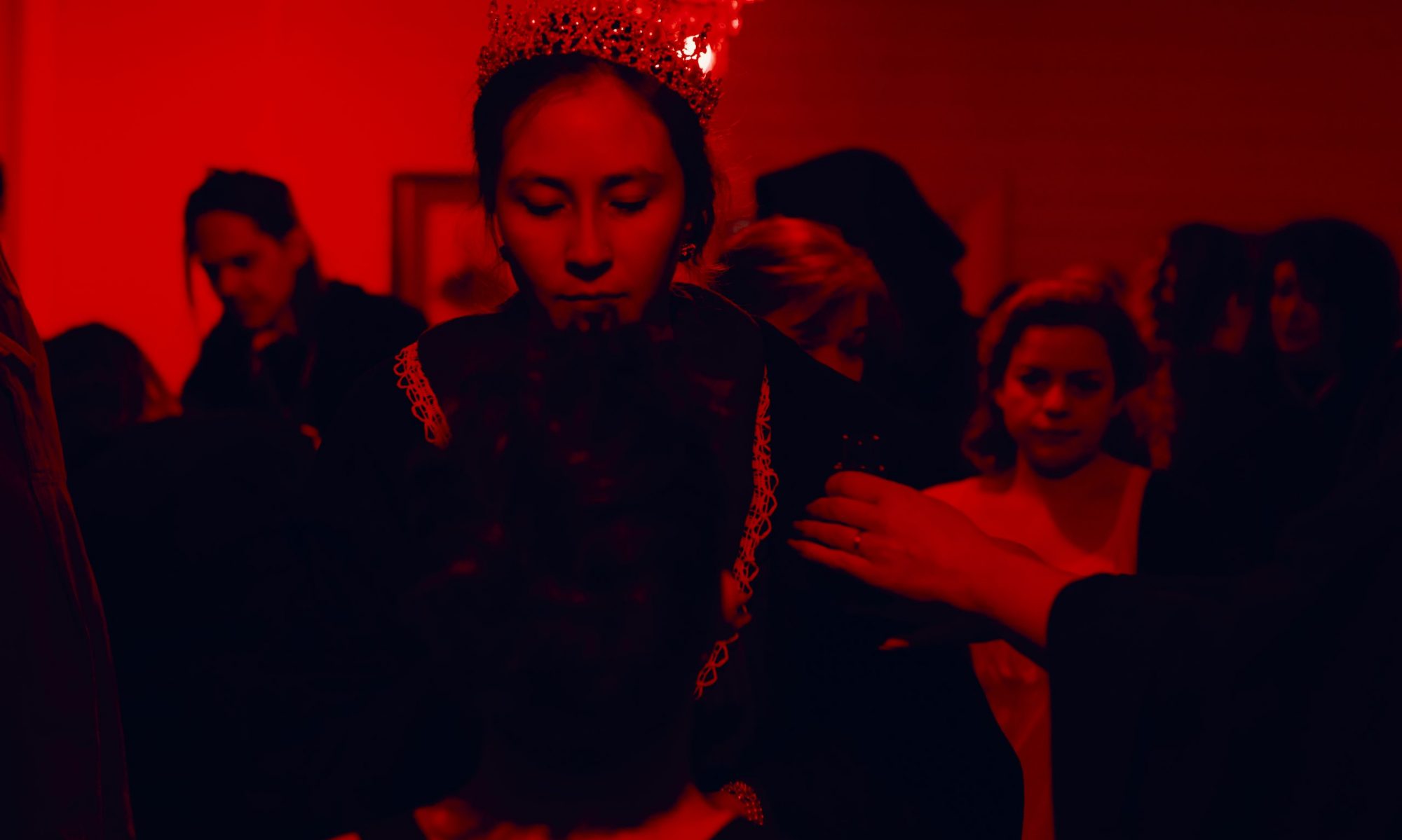Fifty years ago the emancipation reform freed 23 million serfs – almost 40 % of the population – in the single most important event in 19th century Russian history.
In the following decades, newly emancipated peasants earned too little and were not allowed to sell their allotted land. A nascent industrial working class resented the government for doing too little to protect them, as it banned workers from striking and organizing into labor unions. Finally, university students developed a new consciousness and were fascinated by increasingly radical ideas. All this led to the so-called 1905 Revolution.
The 1905 Revolution was a wave of mass political and social unrest that spread through the Empire.
It included workers’ strikes, peasant unrest, and military mutinies. It was spurred by the Russian defeat in the unsuccessful and bloody Russo-Japanese War in the same year, as well as the need for social reform.
One hundred and fifty thousand St. Petersburg workers were striking. The city had no electricity, and newspaper distribution was halted. All public areas were declared closed.
The controversial Orthodox priest Georgy Gapon led a huge workers’ procession to the Winter Palace to deliver a petition to the Czar on Sunday, 22 January 1905. The troops guarding the Palace opened fire on the demonstrators, causing almost 1,000 deaths. The event became known as Bloody Sunday.
The event provoked public indignation and a series of massive strikes that spread quickly throughout the industrial centers of the Empire. Half of Russia’s industrial workers went on strike.
Protesters were shot on the streets. All higher academic institutions were forcibly closed for the remainder of the year, adding radical students to the striking workers. Naval mutinies took place around the Empire.
As a result, Czar Nicholas II agreed to the creation of a State Duma (legislative assembly), the granting of basic civil rights, and allowing the formation of political parties, even though he “felt sick with shame at this betrayal of the dynasty … the betrayal was complete”.
While the Russian liberals were satisfied, and prepared for the upcoming Duma elections, radical socialists and revolutionaries denounced the elections and called for an armed uprising to destroy the Empire.
Since 1905, there have been strikes, land seizures, armed uprisings, political murders, terrorist attacks and mutinies, all over the country. So far all of them have been overturned by czarist forces. New punishments have been introduced for those seeking to undermine the Czar or government offices and agencies, through verbal or written ‘inaccuracy’. The government created a special court-martial to deal with political incidents. Over 60,000 have either been executed, or sentenced to forced labour, imprisonment, or exile.
The Czar, Emperor and Autocrat of all Russia, rules with a ministerial council. Each minister is both appointed and dismissed by the Czar.
The Russian Army has been increased to 500,000 men. The Czar has his eyes on the crumbling Ottoman Empire, but troops are clearly needed at home.
Last year (1912), 200 striking workers were shot during the Lena Goldfield Massacre. This has sparked another year of unrest. The fourth state Duma was elected from a broad political spectrum. The Duma and the government are in heavy disagreement. Bolshevik trade unions and slogans grow.
Points of Discussion
- What does your character think about the 1905 revolution?
- What’s their view on the reforms Nicholas II introduced?
- How do they feel about Bloody Sunday?
- Do they see the unrest as a threat or as an opportunity?
- What should the Czar do about the unrest?
- Does the Empire need more freedom or stricter rule?
- What should be done about the striking workers?
- What should the army do in this situation?
